As digital marketing evolves, advertisers are continually seeking more refined methods to improve the quality of leads generated through their campaigns. Meta (formerly Facebook) has recognised this need and introduced a new feature called Conversion Leads Optimisation for Lead Ads. This feature allows advertisers to prioritise lead quality over sheer quantity, ultimately enhancing the effectiveness of their campaigns. In this guide, we’ll explore the key aspects of Conversion Leads Optimisation and provide step-by-step instructions on how to implement it for maximum benefit.
What is Conversion Leads Optimisation?
Conversion Leads Optimisation is a performance goal within Meta’s Ads Manager that allows advertisers to optimise their Facebook lead ad campaigns for higher-quality leads rather than focusing solely on the volume of leads. Unlike standard Lead Ads, which aim to maximise the number of people who fill out your forms, Conversion Leads Optimisation prioritises showing ads to users who are more likely to become actual customers.
Key Differences:
- Standard Lead Ads: These prioritise lead quantity, aiming to display ads to the broadest audience likely to engage and submit their contact information.
- Conversion Leads Optimisation: This setting shifts focus to lead quality, targeting users who exhibit behaviours and characteristics that suggest they are more likely to convert into paying customers.
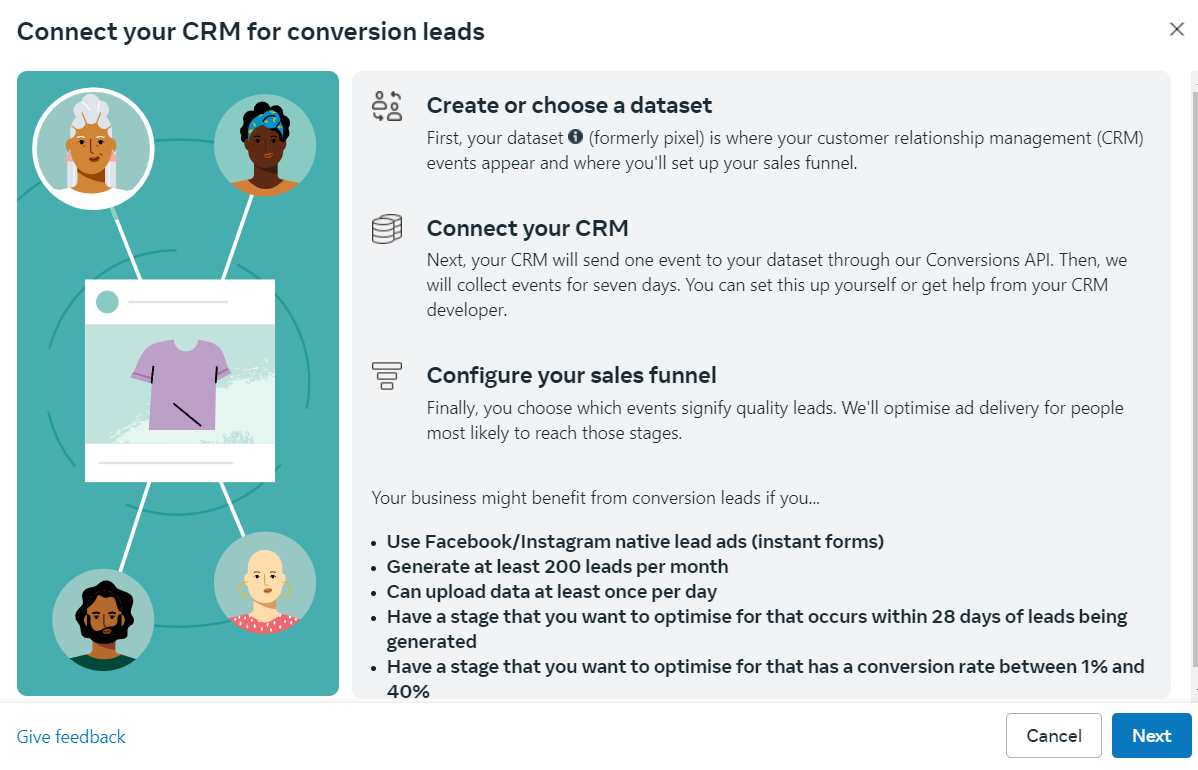
How Does It Work?
When you select the Conversion Leads performance goal, you instruct Meta to optimise the delivery of your ads based on user behaviour that indicates a higher likelihood of conversion. Rather than simply driving form completions, the system seeks out high-intent prospects who are more inclined to progress further down the sales funnel.
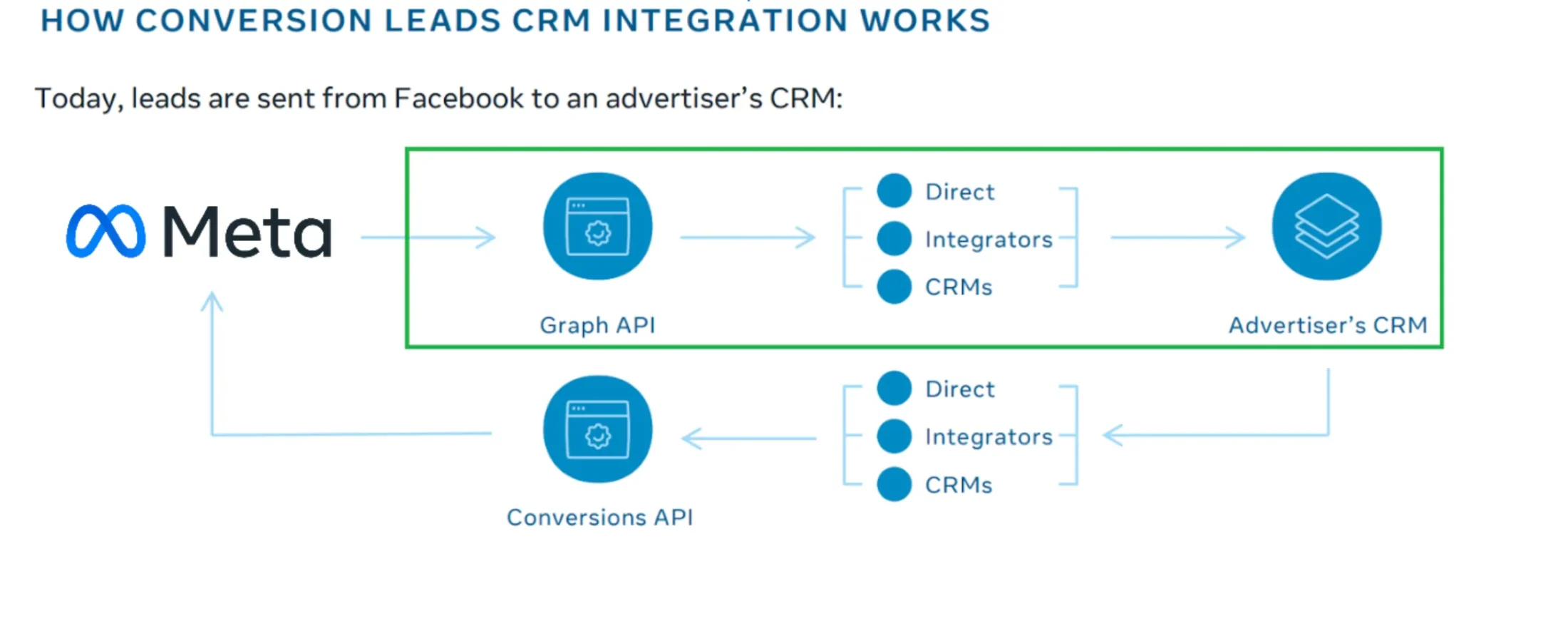
Benefits of the "Higher Intent" Feature in Lead Ads
The “Higher Intent” feature in Facebook lead ads offers several advantages for advertisers looking to prioritise lead quality:
Enhanced Lead Quality:
The review step ensures potential customers confirm their information, filtering out less serious prospects and resulting in leads that are more likely to convert.
Improved Conversion Rates:
By requiring an additional step, you attract more committed users to your offer. This increased commitment level often leads to higher conversion rates.
Cost Efficiency:
While you may receive fewer leads overall, those you do capture are typically of higher quality, potentially reducing costs associated with following up on low-quality leads. This focus can improve your return on ad spend (ROAS).
Better User Experience:
The review step allows users to double-check their information, reducing errors and improving data accuracy. This clarity can lead to better user satisfaction and more qualified leads.
Alignment with Facebook’s Algorithm:
Facebook’s algorithm is designed to optimise for the actions you prioritise. Using the “Higher Intent” feature, you signal to Facebook that you value leads willing to engage more deeply, potentially improving your targeting over time.
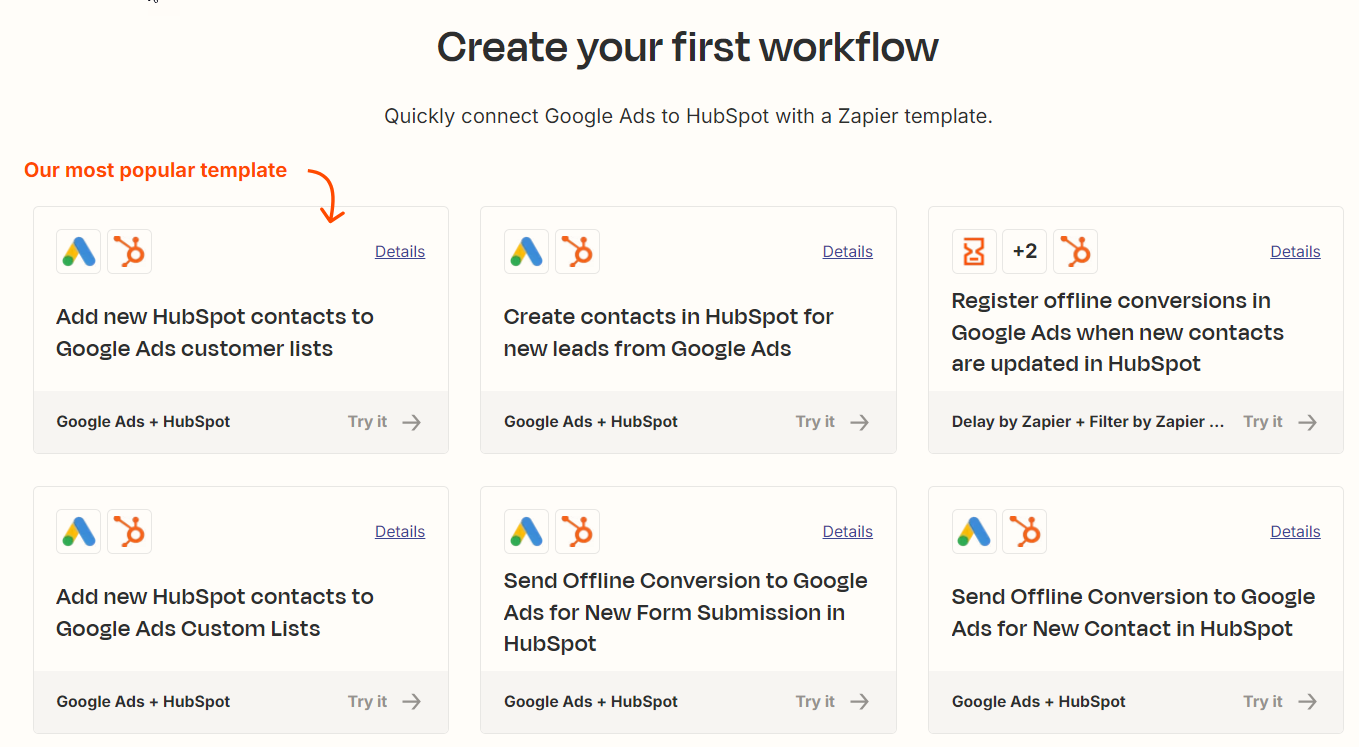
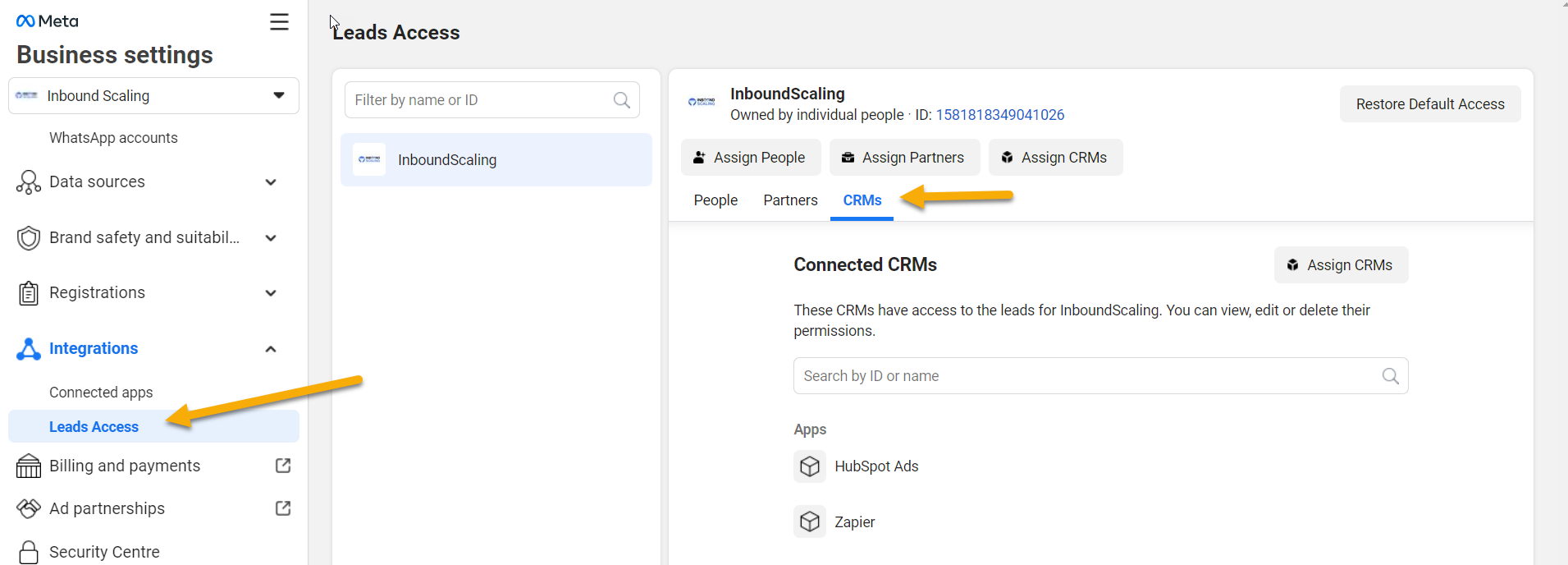
Facebook CRM Funnel Events (Offline Conversion Tracking
Facebook Conversions CRM funnel events refer to tracking and managing customer interactions (events) through a sales funnel using Facebook Ads and a CRM (Customer Relationship Management) system. It is also referred to as Facebook Ads offline conversion tracking.
A funnel in marketing represents the stages a customer goes through before making a purchase, from awareness to decision-making.
Funnel events are the specific actions or touchpoints a customer interacts with at each stage of this funnel. Each completed funnel event is synched from your CRM using Facebook Ads offline conversion tracking.
As recorded in your CRM system, Facebook Conversions CRM funnel events involve tracking how users interact with your Facebook ads and move through your sales funnel.
When a user interacts with your Facebook ad and then takes action on your website (such as filling out a form, downloading a resource, or making a purchase), these actions are recorded as conversion events.
By integrating these events into your CRM, you can see where each user is in the funnel, optimise your marketing efforts based on this data, and nurture leads more effectively.
For example, if someone clicks on your Facebook ad, visits your site, and submits their information, that event can be captured as a lead in your CRM. You can then follow up with targeted emails or calls, guiding them further down the funnel until they make a purchase.
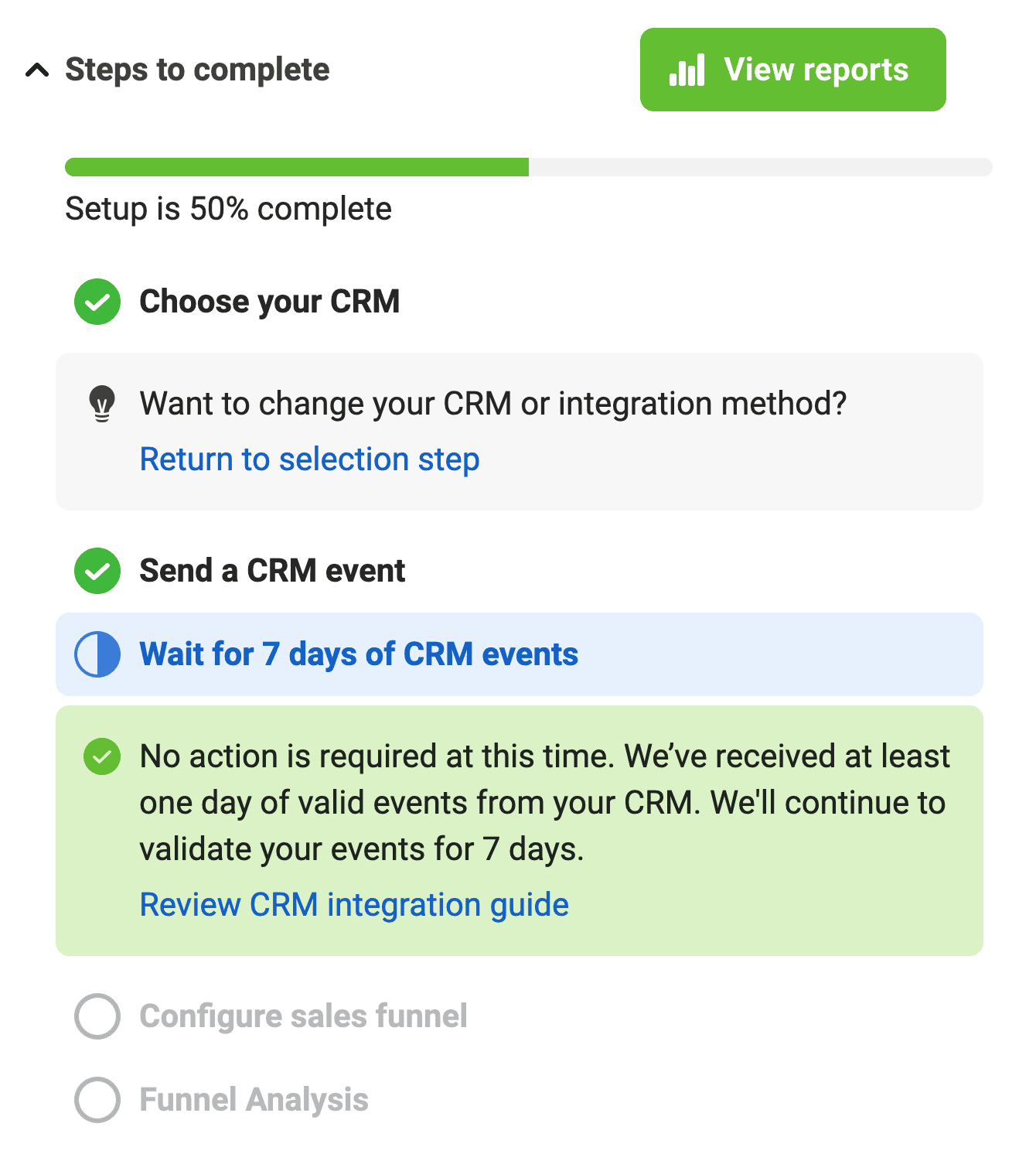
Setup Steps: Conversion Leads Optimisation
Implementing Conversion Leads Optimisation in your Facebook ad campaigns is straightforward. Follow these steps:
The conversion leads performance goal helps you target higher-quality leads with lead ads. If you select this option during ad creation, it’s recommended that you connect your customer relationship management (CRM) system to send information about your leads to Meta. After connecting your CRM, you can align the stages in your sales funnel with your performance goals.
A) Before You Begin: Ensure that you have a business portfolio set up in Meta Business Manager.
B) Connect Your CRM You can start the process of connecting your CRM either in Meta Ads Manager when creating a lead ad or directly from Meta Events Manager.
C) To begin the process in Ads Manager:
- Access Meta Ads Manager: Start by logging into Meta Ads Manager.
- Create a New Lead Ad Campaign: Begin a new campaign and select “Lead Ad” as your campaign objective.
- Set Up Your Ad Set:
- Under “Conversion Location,” choose “Instant Forms.”
- In the “Optimisation & Delivery” section, select “Conversions” as the optimisation goal.
- For the performance goal, opt for “Maximise Number of Conversion Leads” rather than the default “Maximise Number of Leads.”
- Launch Your Campaign: After configuring your settings, proceed to create your ad, ensuring your messaging and visuals align with your focus on lead quality.
D) To complete the process in Events Manager:
- Go to Events Manager.
- Click the Plus icon to connect a new data source.
- Select CRM and click Connect.
E) Once you’ve started the connection process, follow these steps:
- Create or choose the Meta Pixel to use for your new CRM integration. When done, click Continue.
- Go to the Pixel settings tab and click Continue.
If you prefer a direct integration, work with a developer to connect your CRM using the Conversions API. Review the CRM integration walkthrough for guidance..
F) After completing your initial CRM integration: Return to the Pixel settings tab to check the status of your integration.
You will need to upload seven days of full-funnel CRM events. Once this step is complete, you can set up your sales funnel, and the learning phase will begin. During this phase, the delivery system explores the best ways to deliver your ad set to attract higher-quality leads for your business.
If there are any errors in your integration, you will be notified in the Pixel settings tab. You can also view errors in the Diagnostics tab, where you’ll find instructions on how to fix them.
G) Set Up Your Sales Funnel You can select the earliest stage in your sales funnel that you want to target, and your ads will be delivered to people most likely to reach that stage.
To define the stages of your sales funnel:
- Go to Events Manager.
- Under Data sources, click the Pixel associated with your CRM.
- Click Continue if your integration has reached this stage. Otherwise, fix any errors before proceeding.
- To remove events that don’t belong in your sales funnel, click the minus icon next to the event.
- For the remaining positive events, reorder them in the sequence that a typical lead moves through your sales funnel, then click Next.
- Indicate the earliest stage you want to target by ticking the box next to the event. Regardless of the stage you choose, the focus will be on improving the overall performance of your ad. When finished, click Next. Your sales funnel setup is now complete.
This configuration prompts Meta to prioritise delivering your ads to users most likely to become paying customers, not just those likely to fill out a form.
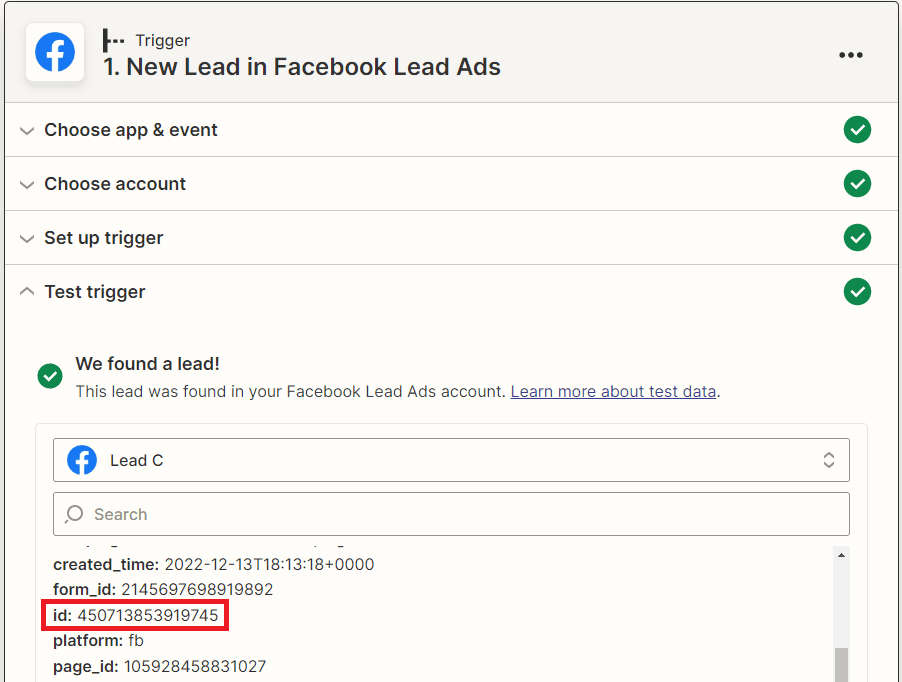
Best Practices for Generating High-Quality Leads
To maximise the potential of Conversion Leads Optimisation, consider these best practices:
1. Use the “Higher Intent” Form Option:
- The “Higher Intent” option adds a review step before the form submission, allowing users to confirm their details. This additional step helps filter out casual clickers, ensuring that those who complete the form are genuinely interested in your offer.
2. Incorporate Qualifying Questions:
- By including qualifying questions in your lead forms, you can filter out low-quality leads. These questions can be used to gauge the seriousness and intent of the respondent, ensuring that only high-potential leads are captured.
3. Craft Targeted Ad Copy:
- Your ad copy should be designed to attract genuinely interested users. Avoid clickbait and instead focus on clear, compelling messaging that speaks directly to your target audience’s needs and desires.
4. Utilise Strong Offers or Lead Magnets:
- Attach a strong offer or lead magnet to your campaign to entice high-intent leads. Whether it’s a discount, an exclusive guide, or a free consultation, your offer should provide real value to your target audience.
5. Integrate Lead Ads into a Full Digital Sales Funnel:
- For best results, ensure your lead ads are part of a comprehensive digital sales funnel. This funnel should nurture leads through various stages, from initial awareness to conversion, ensuring a seamless journey for your prospects.
Optimising Your Campaign for Long-Term Success
Implementing Conversion Leads Optimisation is not a one-and-done task. To achieve sustained success, consider the following:
Allow Time for Campaign Stabilisation: New campaigns often require a learning period. Allow about two weeks for your campaign to stabilise before fully assessing its performance. During this time, Meta’s algorithms will adjust to better target high-intent users.
Continuously Monitor and Adjust: Regularly track and analyse your campaign statistics. Identify which ad sets and audiences produce the highest quality leads and optimise your strategy accordingly.
Use Lead Validation and Cleansing: To further improve lead quality, consider using lead validation and cleansing tools. These can help block invalid leads before they reach your CRM, saving you time and resources.
Summary
Meta’s Conversion Leads Optimisation is a powerful tool for advertisers aiming to improve the quality of their leads. By focusing on high-intent users, incorporating best practices, and continuously optimising your campaigns, you can achieve better outcomes and a higher return on your ad spend. Whether you’re a seasoned marketer or new to Facebook ads, this feature offers an excellent opportunity to enhance the effectiveness of your lead generation efforts. Implement these strategies today to start attracting leads that are more likely to convert into loyal customers.